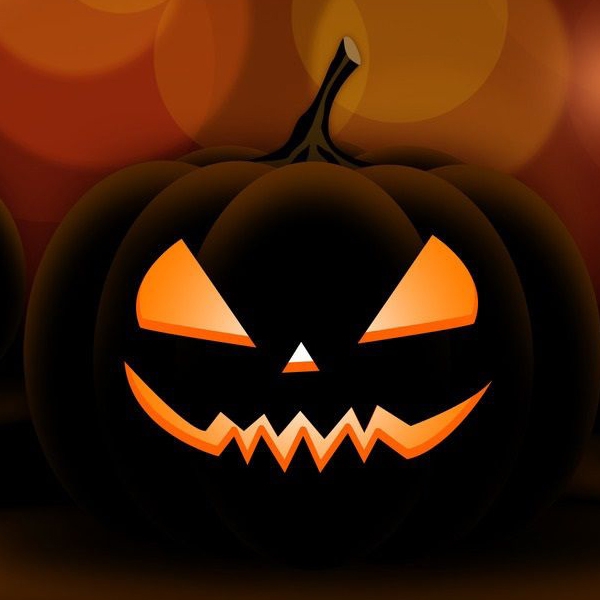

Samhain
APRIL 30-MAY 1
‘Descent’
Also known as Witches New Year, All Hallows Eve, Day of the Dead
Element: Earth
It may seem odd to start with this festival, but Samhain was the old Celtic New Year and the start of winter. This is the season of mists and mulch, rusty leaves, grey mist and the ever-increasing bite in the air. Life is fading, finding secret hiding places far beneath the hardening soil. Samhain is considered to be the last of the harvesting festivals and now the unknown has to be faced in the coming winter.
To our forefathers, this was a crucial time.
What should be bartered and kept?
Which animals should be killed and which would survive the winter?
What of friends and loved ones?
Old people and sickly children may not live to see the Spring.
But the Celts knew that in facing endings, we create beginnings. The most fragile phase of existence is often the initial one. So at this time of dying, we are aware that a new life trembles – somewhere – under the frost-brittle earth. We also know that when the outer life decays, the inner life of the spirit is stronger.
The Goddess is with us as Crone and Wisewoman. Her time of fruits and harvest is complete. Now She offers inward gifts of wisdom and magical power. Within Her glimmers the light of the Maiden, for She is also with us as Lady of Life-in-Death, as Mother too, for She carries the Sun God in the secrecy of Her womb. The God, having been cut down with the corn at Lughnasadh, has made the journey into darknes and is with us as Lord of the Underworld.
The veil between this world and the spirit world is thin at this time, and its traditional to ask our beloved dead to be with us – but they are asked, definitely never summoned. It is also traditional to scry or crystal gaze.
This is the time of ‘descent’ – descent into our own underworld, facing our fears, discovering our latent talents. We honour the God’s descent by identifying with the way life is retreating, and by allowing what must die in our lives to do so. We honour the Crone by seeking her wisdom. Of course, as Wiccans we celebrate the preservation of life in seed and root, the gift of knowledge.
Things to do: Samhain represents departing souls and respect for the dead. Reminiscing about ancestors and having an open supper (usually called the Feast of the Dead) are two ways to celebrate Samhain. An open supper is a regular dinner with more chairs and plates set out, leaving a welcoming environment for unseen guests. Decorate your altar with flowers, fruits and vegetables that are in season and with images of departed loved ones. Make masks and costumes and go trick or treating! (best to do this with other Australian Wiccans!)
Correspondences
Goddesses: Isis, Cerridwen, Hecate, Hel, the Morrigan, Lilith, Kali, Ishtar, Arianrhod, Rhiannon, Nephthys, Persephone, Beansidhe (Banshee), Inanna and Baba Yaga.
Gods: Osiris, the Horned God, Herne the Hunter, Cernunnos, Anubis and Odin.
Colours: Black, Orange, White, Silver and Gold.
Symbols: Gourds, apples, cauldrons, bale fires, pumpkins, Jack-O-Lanterns, Besoms, black cats, bats, ghosts, scarecrows and the Waning Moon.
Tools: Besom, cauldron, tarot, obsidian ball, pendulum, runes, oghams, Ouija boards,
black cauldron or bowl filled with black ink or water or magick mirror.
Candles: Black and orange.
Animals: Black cat, bat and owl.
Plants: Pumpkin, apple, grains, pomegranate, mugwort, root vegetables, gourds, rosemary.
Herbs: Allspice, catnip, deadly nightshade, heather, mandrake, mugwort, oak leaves, patchouli, sage and straw.
Incense: Copal, sandalwood, benzion, sweetgrass, wormwood, helitrope, mint and nutmeg.
Stones: Jet, carnelian, onyx, smoky quartz, bloodstone and obsidian.
Food: Gingerbread, nut breads, pumpkin, popcorn, turnip, apples, gourds, fresh roasted nuts, beef, pork (especially bacon) and poultry.
Drink: Mead, apple cider, mulled cider and mulled wine.
Supplement
Samhain (sow-hayn), is the end of the Wiccan Year, and also the beginning. We begin with an ending because we are working with the continuous tides of Nature. When the leaves begin to fall, we know it is a time of letting go of our past and a welcoming of the future. We also get ready for the start of the Wiccan New Year. We play the game “Catch the Leaf”, which is not as easy as you may think. Just as you clutch one, it rises or swirls away, the heat of your hand creates a little thermal. As the trees begin to show their skeletons and the first frosts whiten the grasses. This is the time of Samhain.
Another name for this is the West Wind Sabbat, (here in Australia the windiest times of the year are around May and October. For Samhain we celebrate the end of Autumn and the western Quarter of the Circle. Samhain is a mature ritual, one of the four most ancient fire festivals, the others being Imbolg or Oimelc, Lughnasadh and Beltane. these are Solar Rites, which fall upon the Equinoxes and Solstices. These are festivals of balance.
The times between the festivals are almost equal; there are six weeks from a solar to a nature rite, and seven weeks from a nature to a solar, making four equal divisions of 13 weeks in the year. These form the structure of our Wiccan calender. In the days before there was a written calender, Samhain would have come on the first hoar frost, or when the oak lost his leaves.
The origins of the word Samhain are obscure. One possible explanation is that it stems from a Gaelic word, pronounced something like “Raven”. This was the time when surplus was killed, to provide meat for the Winter months.
I is also the time when the veil is thinnest between the worlds, so to speak. This is whereby we can contact our ancestors and those great spiritual teachers from our past history. It is a time for honouring the dead. And as in life, there is a wheel and we are reborn into a life more beautiful than before.
The Samhain Tree is the Elder Tree. It represents the embodiment of the Crone. Also the herb Thyme is associated with departed souls, and Rosemary for remembrance. this is also a good time for doing spells associated with ancestors knowledge, divination, ouija, seances, and remembering.
